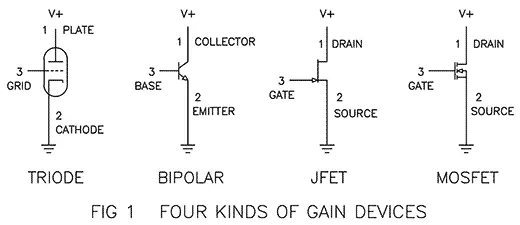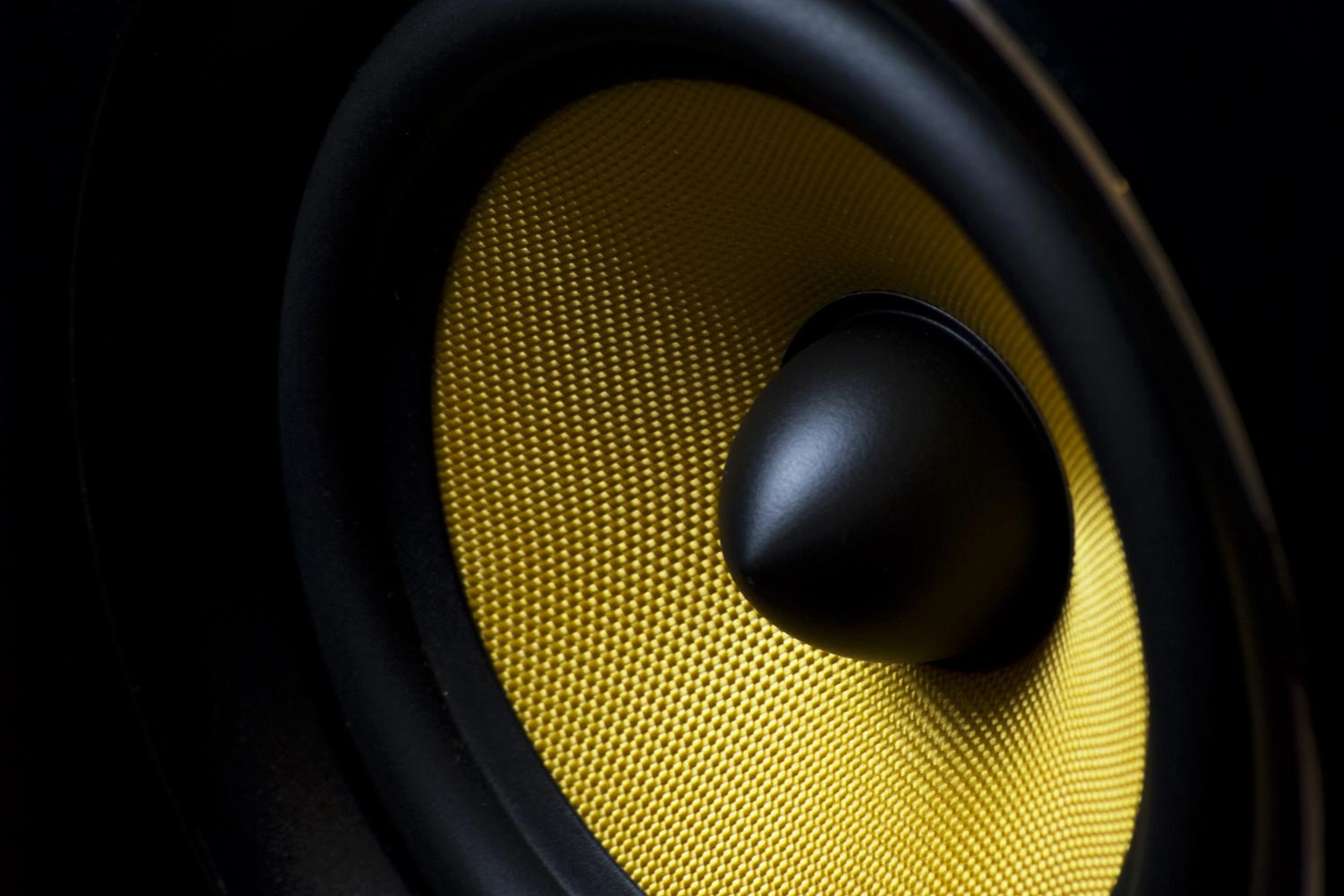MakeMineVinyl
Major Contributor
So many people gush about the sound of analog tape, but the distortion produced is mostly odd order, and the more 'perfect' the machine is, the less there is of even order products. While I absolutely love my tape machines, I find that the distortion produced - which is about 0.6% - takes a definite hit on clarity vs the original input signal. Some people obviously like that effect.Even if true, If the total level (THD+N) is loud enough it shouldn't be an audible issue for most. As to even vs odd low order harmonics, take a look of Marantz vs Denon AVRs on the ASR chart and one may be surprised to see that Marantz's pretty much always have more 3rd than Denon's relatively speaking, yet we keep seeing posts about Marantz sound is warm and musical, relative to Denon's, good figure! I bet in a controlled DBT, using analog inputs and in direct mode even the die hard Marantz warm/musical sound believers wouldn't be able to tell that little difference in the 2nd and 3rd but then who knows, it not proven until it is, I can bet all I want..
I am not suggesting Nelson Pass was right when he said the following, but I bet it may surprise many who admire him:

Audio distortion and feedback - Pass Labs
Audiophiles seem to revel in minor controversies – vinyl vs CD’s, tubes versus solid state, capacitor, wires, magic dots… and negative feedback. At one extreme, the position is that “feedback makes amplifiers perfect”. At the other extreme, “feedback is a … Continue reading →www.passlabs.com
So much for "facts".., perhaps the real "fact" is, it's more like opinions, preference..
Vinyl playback distortion tends to resemble that produced by a single ended triode amplifier with the strongest harmonic being the 2nd, followed by the 3rd, 4th and 5th, each in progressively lower levels.

